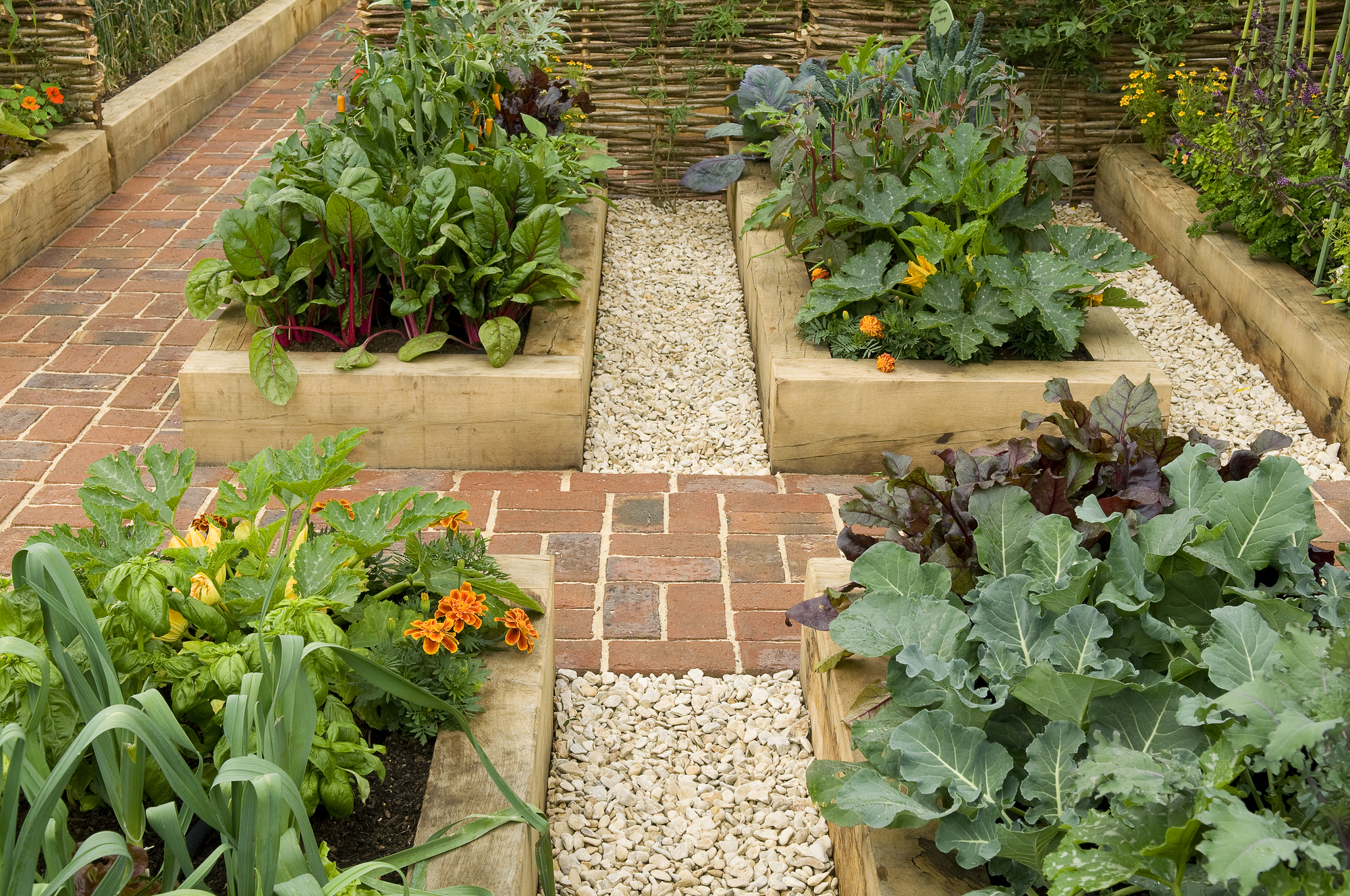
Nothing says fall like a bountiful October harvest — think piles of mixed squash, gourds, carrots, beets, potatoes. The list is endless. This season is bursting with the produce of your summer sowings, but as we all know, a gardener’s work never stops!
Just as it’s time to harvest one season’s crops for your modern vegetable garden, it’s also time to start sowing next season’s, and we’ve got the ultimate planting list for you to get going with. For a successful fall planting season, you’re going to want hardy vegetables that will survive (and thrive) in the cooler temperatures that winter brings. But did you know some vegetables will actually deepen in flavor when exposed to cooler temperatures, making them ideal for sowing at this time of year?
According to our expert, there's a whole host of vegetables that are waiting to thrive in this weather — and some will be ready in just six weeks! Get your trowels at the ready, because these fall vegetables shouldn’t be missed.
1. Kale
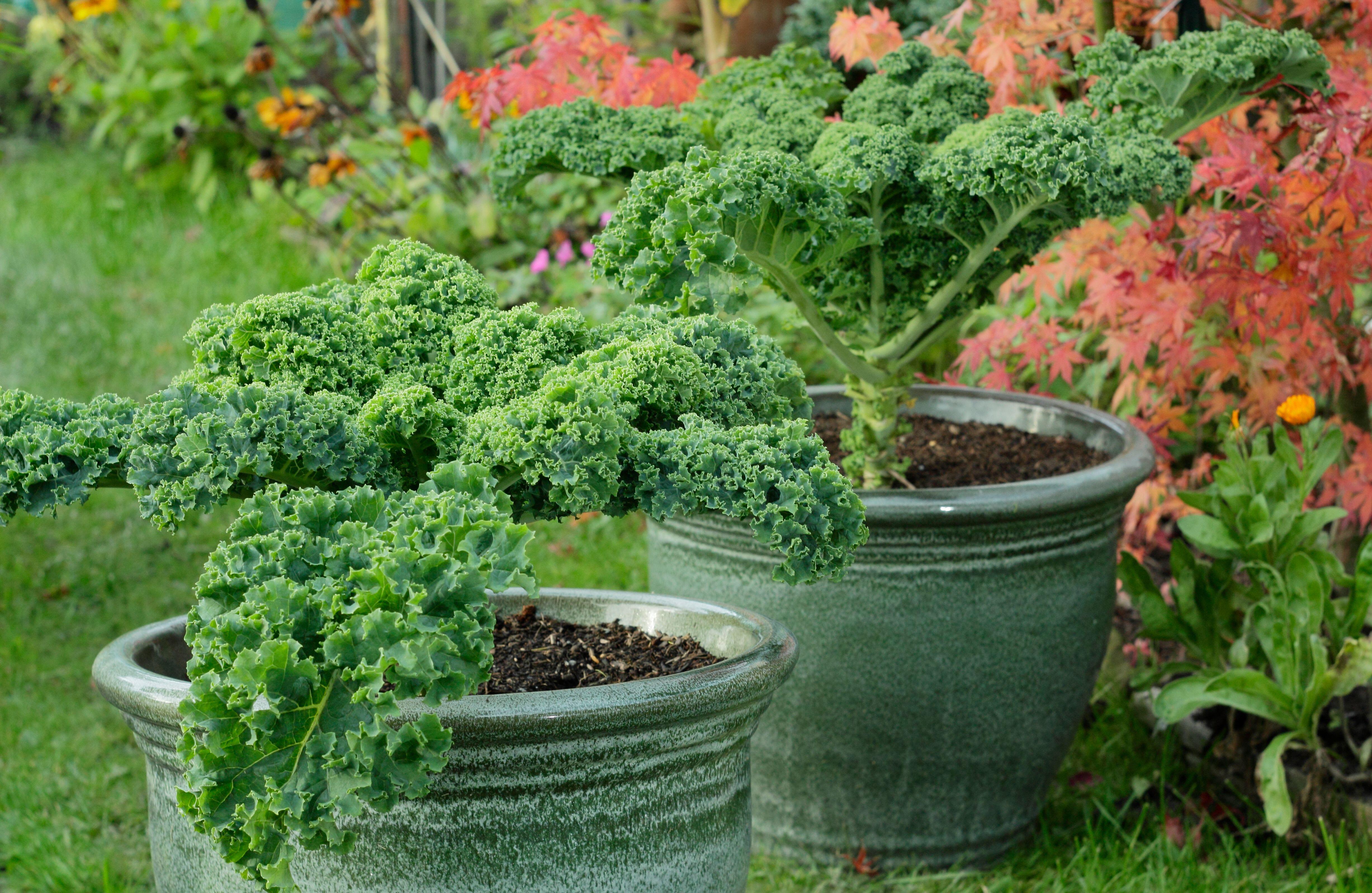
A staple of every winter salad and smoothie (and great when baked until crisp), kale is the first vegetable Farmer Lee Jones, Owner of The Chef’s Garden, recommends planting this fall.
"Kale grows best in cooler weather, making it a great choice for fall planting," says Farmer Lee. "It can handle frost — in fact, frosts can even enhance its sweetness! Lacinato kale is my favorite. I like to eat kale at a younger stage of growth because the leaves are tender and less bitter."
Planting kale couldn’t be easier. This brassica is mostly pest-free, though like most seedlings it can benefit from a net covering to stop the birds stealing your crops. All you need to do is pick a relatively sunny spot in your vegetable garden (you could even opt for a dwarf variety and grow it in a container) and sow your seeds either directly into the beds where you intend on harvesting them, or in modular containers that you will then transplant the seedlings into, the choice is yours!
As Farmer Lee suggests, picking kale leaves while they’re still young will give you a more tender taste, and the best way to do this is by picking the leaves as they emerge — a cut-and-come-again technique! Simply harvest the mini leaves on an ad hoc basis, and the more you harvest, the more leaves the plant will produce. So if you're wondering how to grow a kitchen garden, adding kale into the mix might just be the first step. You can sow your own seeds with this Organic Kale seed from Amazon for just $6.99.
2. Carrots
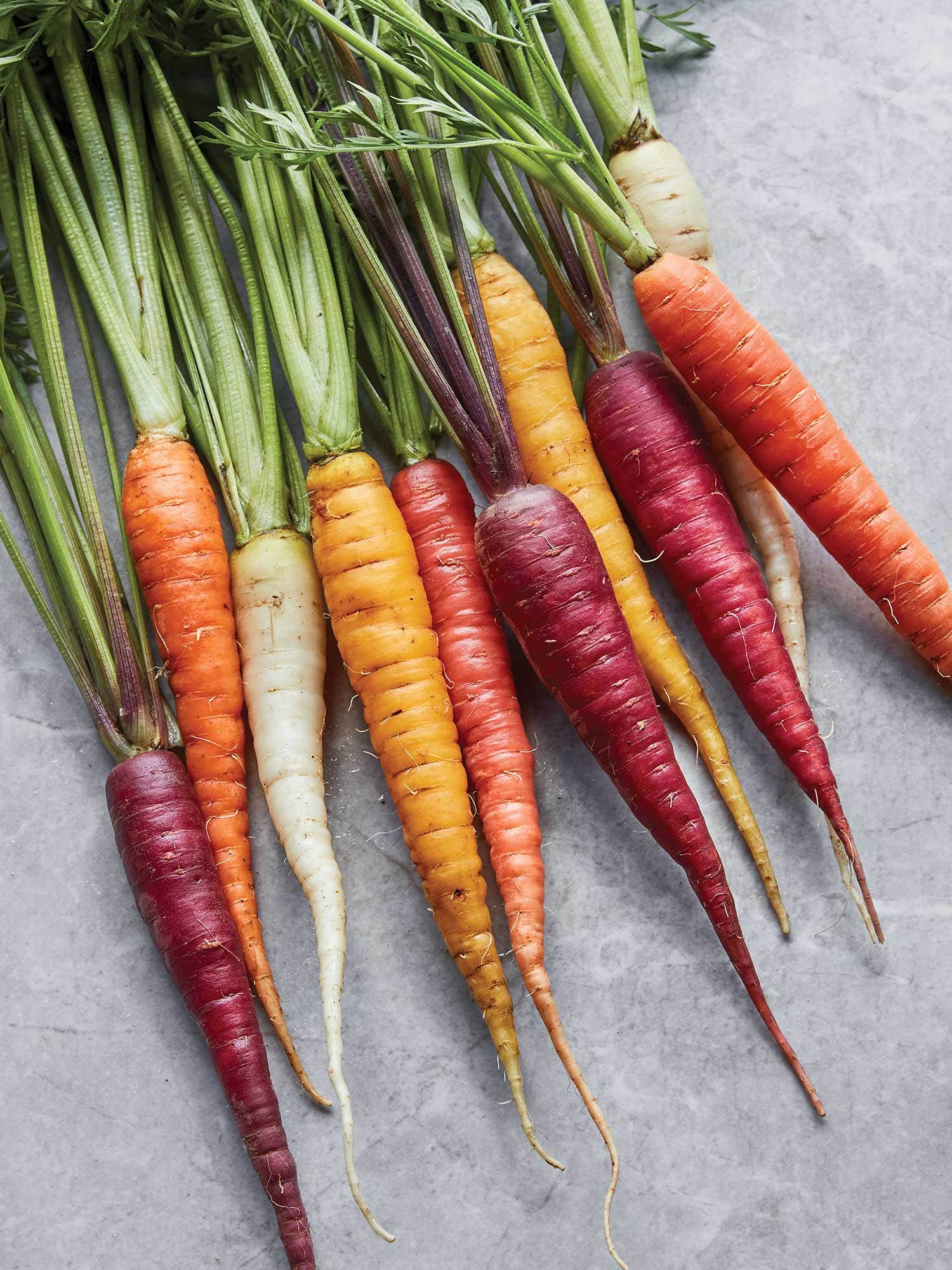
Another super-hardy vegetable that’s known for withstanding the elements is carrots. They're also brilliant vegetable companion plants. Available in a rainbow of colors, carrots are a vegetable crop you can have some serious fun with — and best of all, kids love them! What could be more fun than harvesting your very own purple carrots? "Carrots like the cooler months, developing crisp texture and sweeter flavor. Plant them now to harvest sweet, flavorful roots before the deep frost sets in," advises Farmer Lee.
If you’re looking for a variety that gets the expert’s seal of approval, Farmer Lee says purple Carrots are his favorites, as they add color and varying flavors. These Organic Cosmic Purple Carrots from Walmart are the perfect pick.
Keep an eye out for the Carrot Kaleidoscope Blend from Burpee, too. Planting these packs with kids is always great fun — especially when it comes to guessing the color of the carrot before you pull them up! Carrots are relatively straight-forward to plant, the most important thing is ensuring your soil is nice and stone-free so your carrots can grow downwards freely instead of forking off in multiple directions — though if you ask us, we think they’re all equally as tasty!
3. Radish
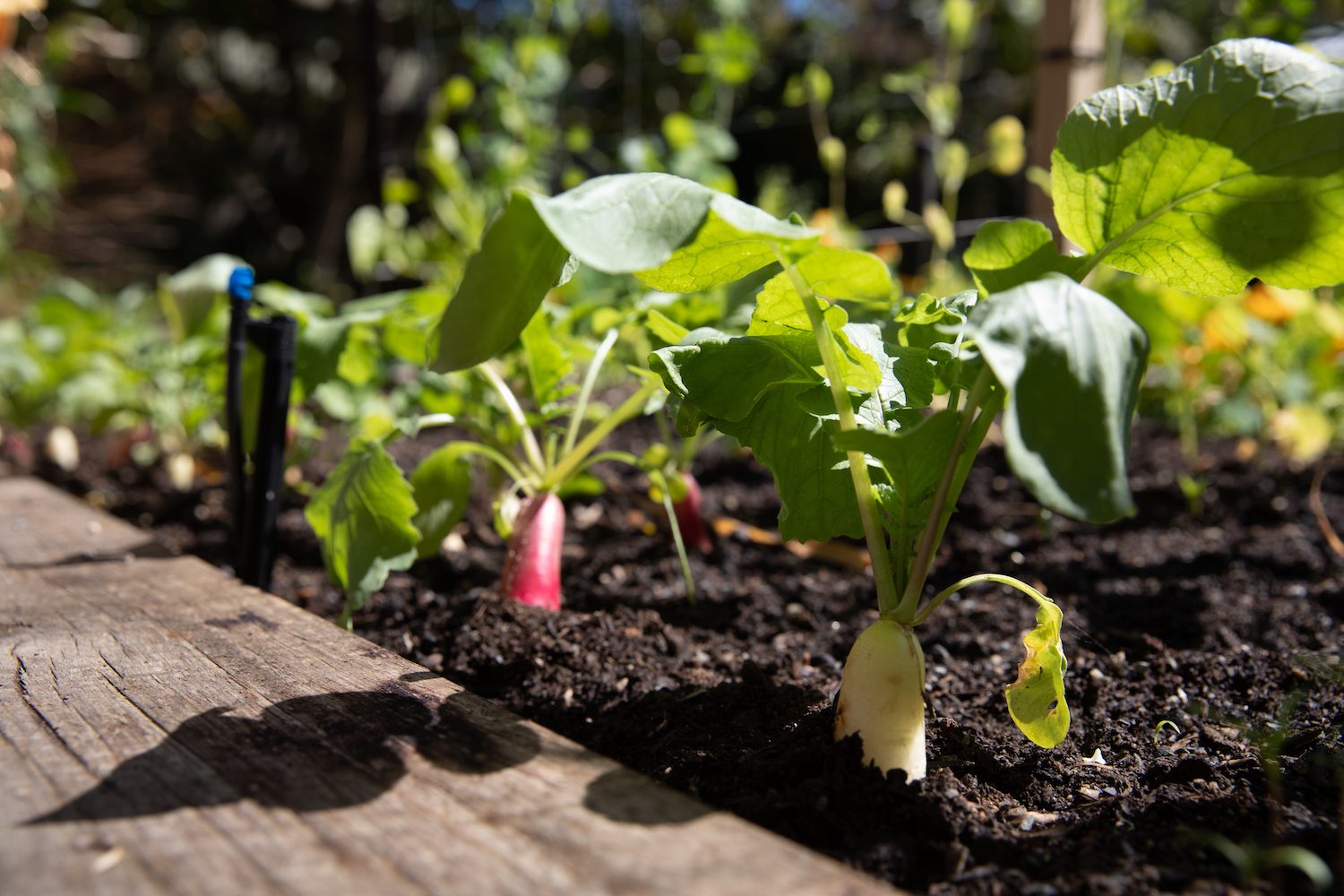
The perfect small vegetable garden plant for an impatient gardener, radishes are Farmer Lee’s next choice for planting in October. "Radishes are a quick-growing crop that thrive in fall's cooler temperatures," says Farmer Lee. "They can be ready to harvest in as little as four weeks! My favorite variety are French Breakfast Radishes from The Chef’s Garden. This type adds color and peppery flavor, making them ideal for salads or charcuterie boards."
Plus you don’t need a veg patch to start growing these tiny flavor-bombs, as they’ll do just great in containers, or even window boxes. Just make sure you space out your plantings to every couple of weeks and don’t go heavy on the seed — the last thing you want are 80 radishes ready to eat at the same time!
When it comes to preparing them, keeping them raw in salads is traditional, however, we also love roasting them in the oven until slightly soft and scattering them over a warm winter salad. Throw in some roasted seasonal squash and you’ve got a tasty weeknight dinner!
4. Beets
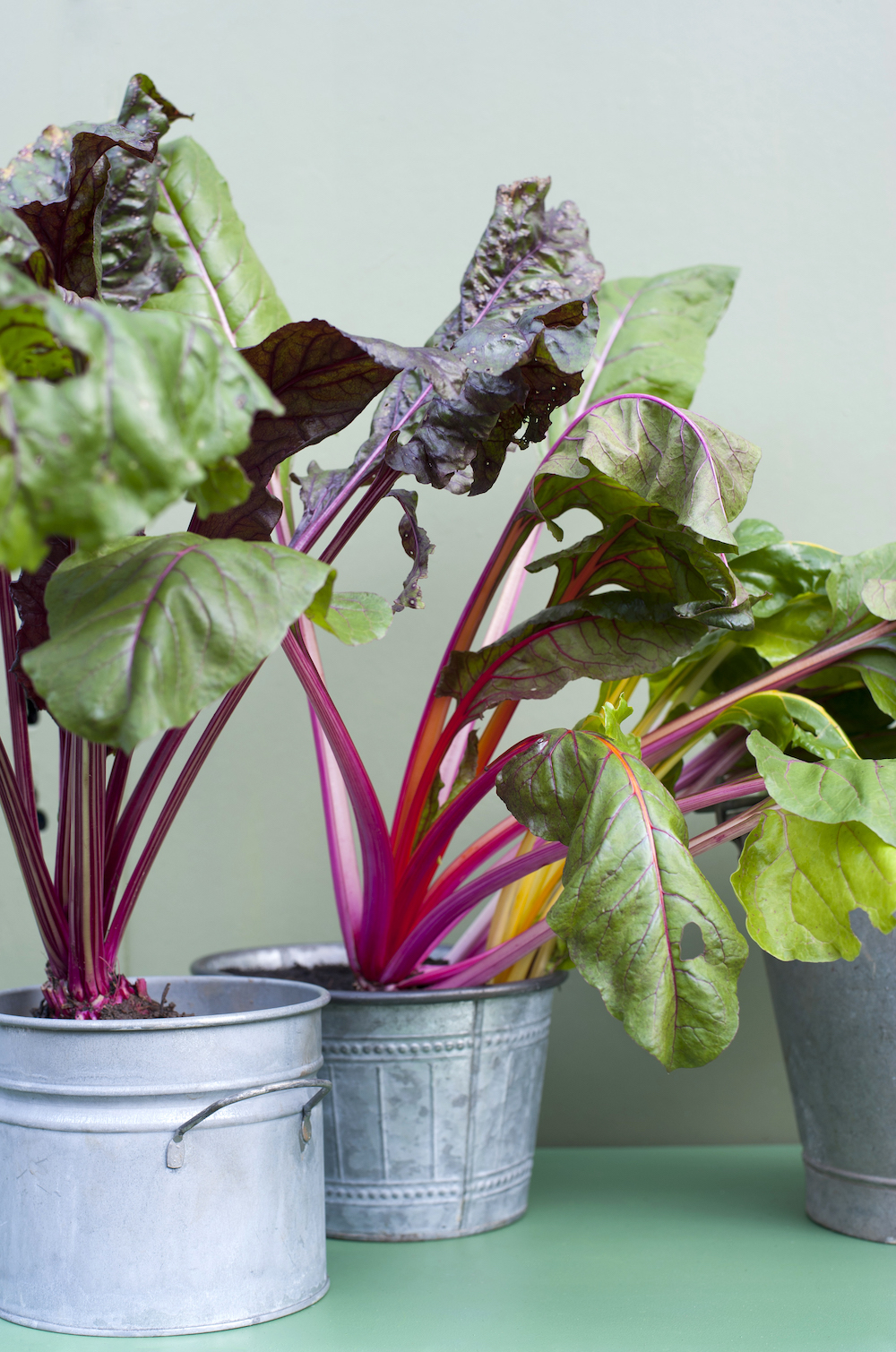
While beets can often divide diners, Farmer Lee thinks this deep-hued vegetable deserves a place in your fall vegetable garden — plus, he’s sure he’s got a beet variety that will turn even the strongest beet-hater! "Beets grow well in the fall, similarly to kale, their flavor deepens as the temperatures cool. They store well too, making them a perfect vegetable for winter meals," says Farmer Lee.
Beets are great space-saving vegetables too, making them appropriate for fall container gardening on balconies or patios. They're also the best vegetables for beginners to grow! They don’t require a great deal of space between each vegetable, so yielding a great crop from a small space is easy. If your growing space is particularly tight, harvest your beets young to ensure they stay compact. They’ll still have a great flavor!
Similarly to carrots, you can also get super creative with beet colors. Farmer Lee’s favorite is the Badger Flame beet. But not just because of its attractive bright orange flesh. "Badger Flame beets are known for their sweetness without the earthy flavor of traditional beets," says Farmer Lee. Meaning you can please even the biggest beet hater! Badger Flame is a relatively quick grower too, taking just 55 days to reach maturity for small beets or 80 days for larger sizes.
5. Spinach
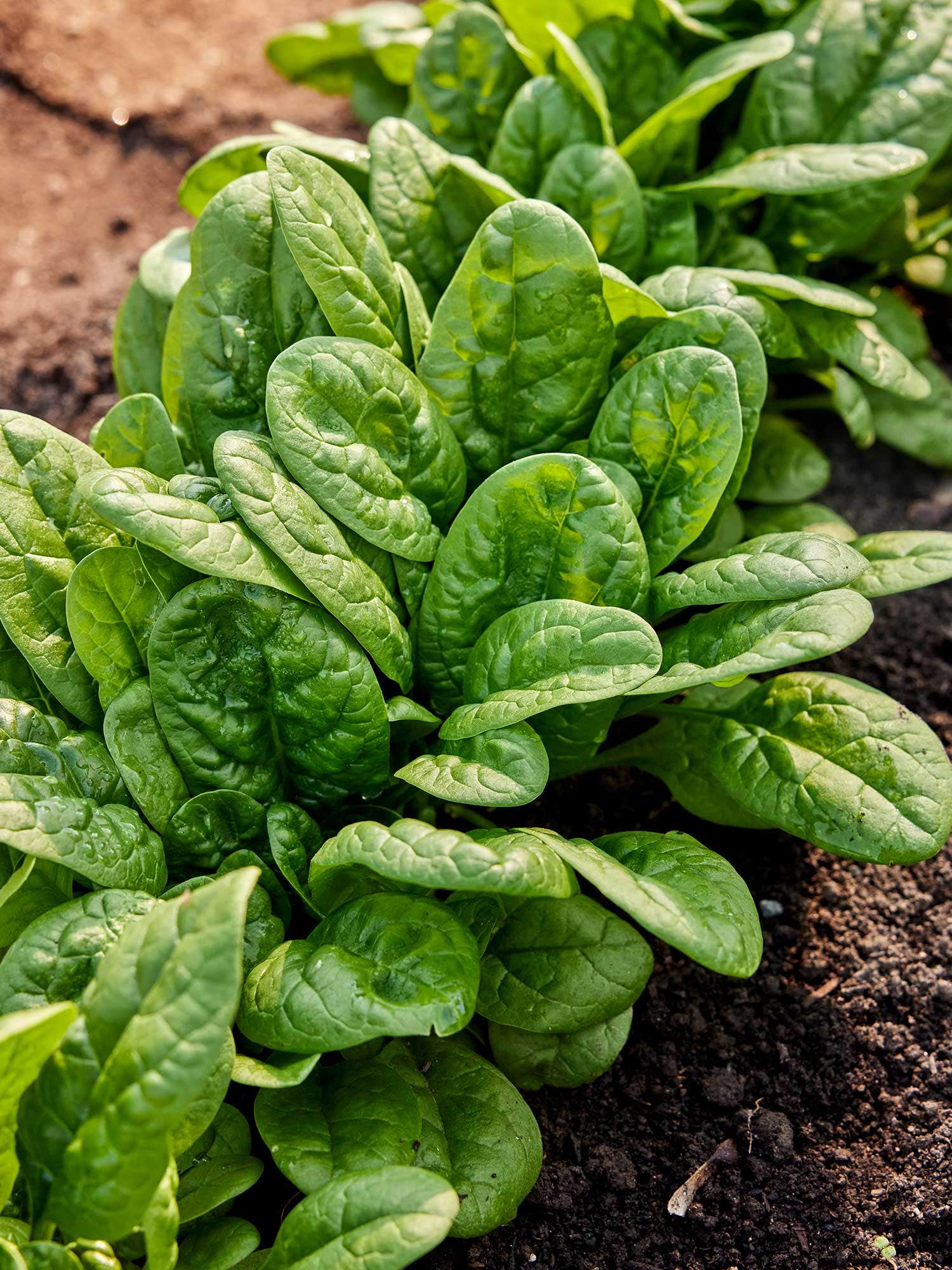
Spinach is a firm favorite with Farmer Lee. Not only is it a quick grower, it’s also able to handle any surprise frosts the fall may bring. "Spinach loves the cool fall temperatures and can even survive light frost," says Farmer Lee. "Its growth is robust in shorter days, offering tender, nutrient-packed leaves."
Though spinach will tolerate light shade in warmer parts of the country, in fall gardening it’s best to position it where it will get as much sunlight as the shorter days allow. We’d thoroughly recommend planting seedlings in a few containers so you can move them according to how the sun position changes over the next month.
For an expert-approved variety, Farmer Lee says, "The Chef’s Garden varieties like Root Spinach are a favorite for its savory leaves and buttery flavor and texture." You can also check out Bloomsdale Spinach Seeds from Walmart and start planting your own. Just be wary of your sowing schedule, though. The best approach when growing spinach tends to be sow little and sow often. Spinach has a relatively short harvest life, and while you should get several leaf pickings out of one plant, you don’t want to be overcrowded with multiple plants all at once.
6. Turnips
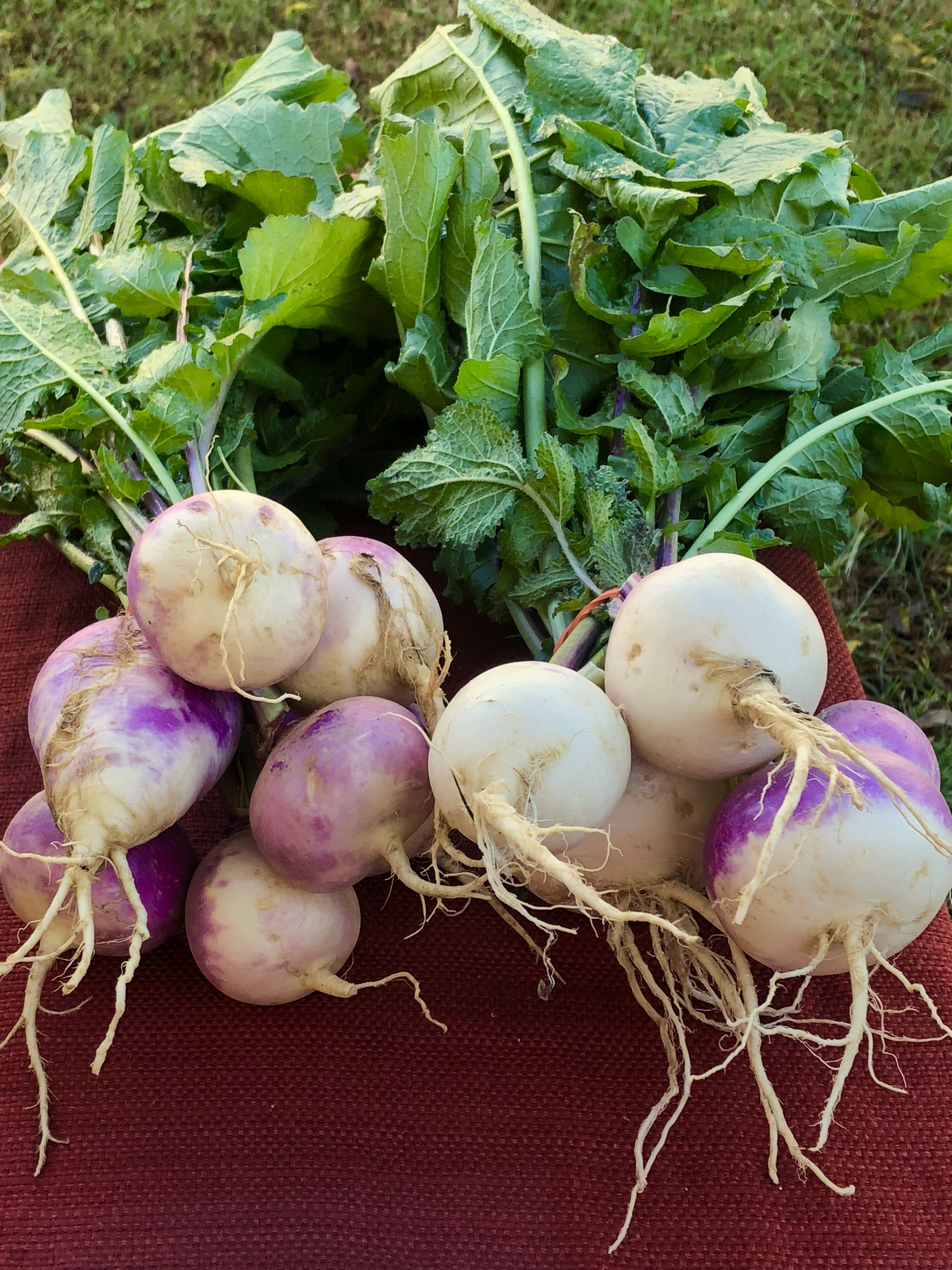
The unsung hero of the root vegetable world — turnips are another classic veg that Farmer Lee thinks will do great when sown this month. "Turnips are another cold-hardy vegetable that thrives in the fall. Plus, both the roots and greens are edible, making them a very versatile crop," says vegetable expert Farmer Lee.
You can add turnip seeds to your list of quick growers for a speedy vegetable patch too! Turnips are best eaten when they are small, and from seed that’ll take as little as six weeks. Just be sure to plant them in a sunny position for optimum growing conditions.
"Scarlet Queen is a favorite of mine, known for its mild, sweet flavor and delicate texture. It’s perfect for roasting, soups, or purees," says Farmer Lee. Plus with its eye-catching bright fuchsia skin and stems with contrasting green leaves, it’s perfect for making an impact on the dining table.
FAQs
When should I start my fall vegetable garden?
For a fall harvest, the best time to sow vegetables is from late July to August but this is dependant on the types of veg you want to plant, your hardiness zone and the start of the first frost.
However, as stated above, there are a few fall vegetables you can add to your wonderful garden beds to produce a blooming harvest in the spring.







